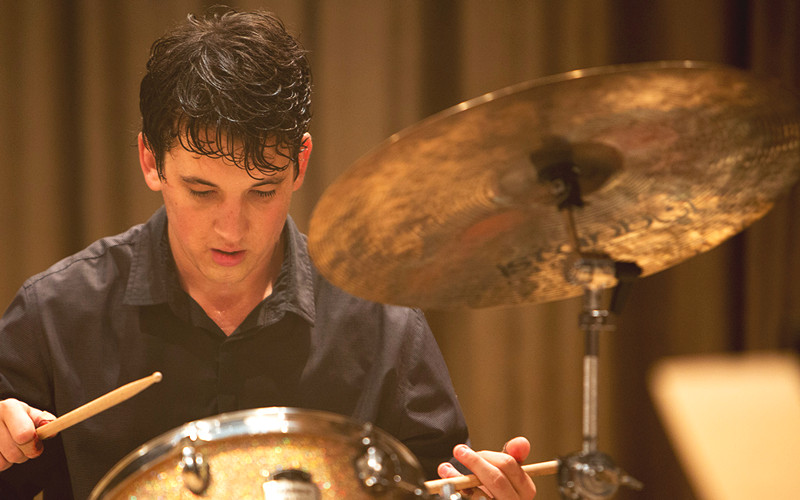
Rhythm is one of the most important elements of cinema. Every movie has recognizable beats, whether narrative or visual. The way in which they are constituted and ordained will determine the pace of a film.
For this reason, Michael Haneke has said that cinema is more similar to music than it is to literature. A finished film must be greater than the sum of its parts, and for this to be achieved, the director needs to be aware of the most adequate structure for his film. For his part, Ingmar Bergman has also said that rhythm is the single most important element that he considers while he’s editing.
When a director doesn’t take rhythm into account, his movie may be all over the place: slow scenes lasting too long, out of place shots in the middle of vertiginous sequences, a conversation ending too early for its emotional effect to leave an impression, and many other annoyances could deprive a film of its full potential.
However, every movie is different. One wouldn’t demand that, say, “The White Ribbon” would keep us at the edge of our seat for its entire running time, “Whiplash” style. But nonetheless it achieves its goals dramatically and visually.
With that said, there’s a category of movies which rhythmical structures makes it necessary to watch them multiple times. Some are so mind-bending that one has to see them a few times to fully comprehend them, while others portray a vertiginous story from start to finish. I’m talking about rewatchable movies; films that demand a second, third and sometimes even a fifteenth watch whether to fully appreciate it or just to have a good time all over again.
All of these movies have one thing in common and that is the extraordinary execution of rhythm structuring their directors exemplify. Below we’ve chosen the 15 most rewatchable flicks of the current century.
15. The Other Guys
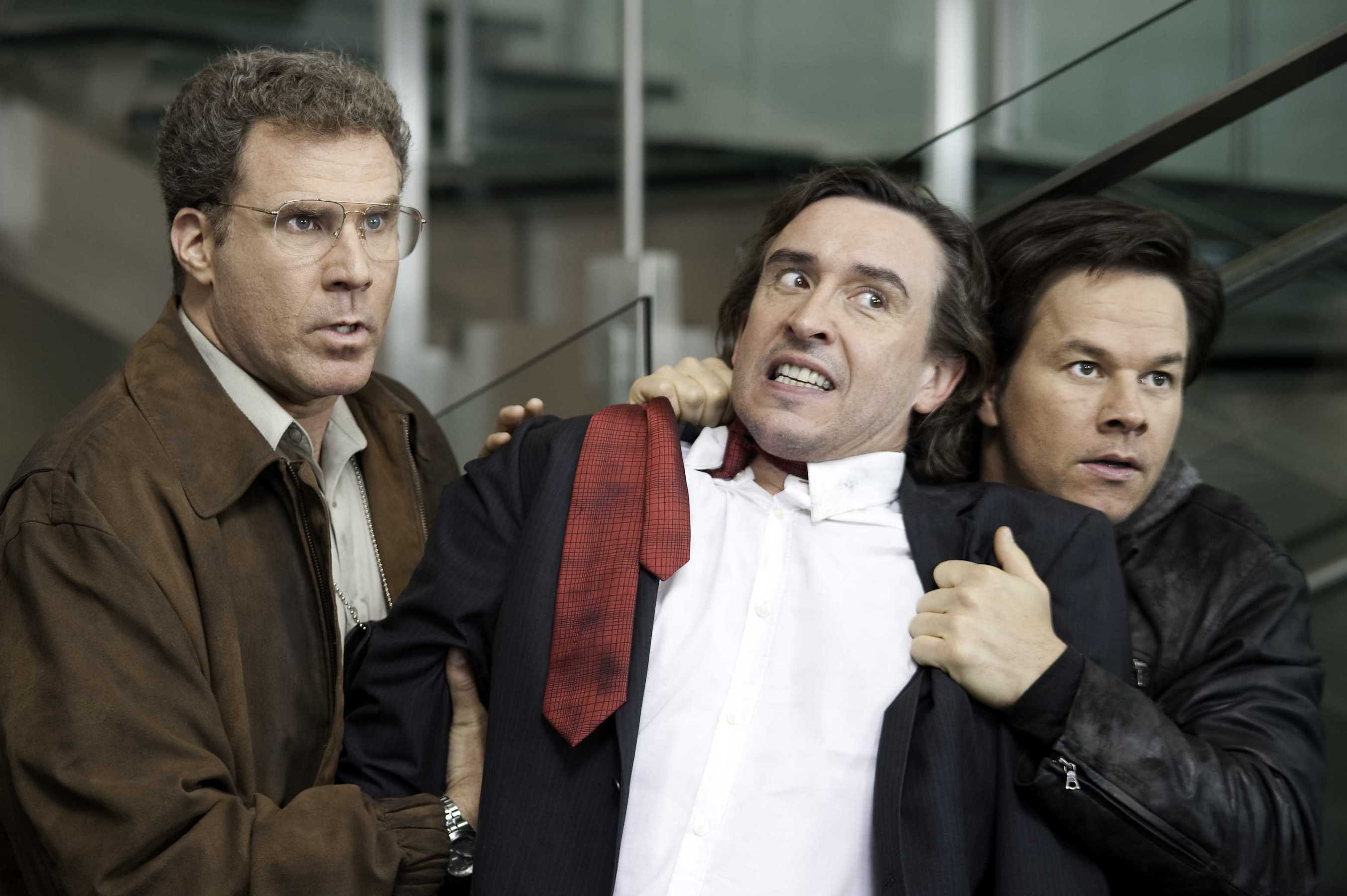
I didn’t expect much when I went to see this comedy starring Will Ferrell and Mark Wahlberg (with awesome appearances by Samuel L. Jackson and The Rock, btw). I thought to myself – “Well, there’s nothing else to see tonight and we’re already here, so fuck it.” Suddenly I found myself laughing along with the whole audience (in a packed theater), and this went on for almost two hours. My complete ignorance of it made it even better; if I knew that “The Other Guys” was going to be so good I would’ve waited anxiously for weeks for it to be released.
The comedy of “The Other Guys” relies on absurdity. The film portrays a series of hilarious bizarre situations: a bunch of cops quietly fighting in a funeral, a stiff police accountant being a former pimp and married to an exceptionally beautiful woman, a group of bearded old men singing improvised verses in a bar, the same police accountant driving like a maniac because he plays a lot of Grand Theft Auto, and so on.
The movie doesn’t concern itself with explaining the details of its convoluted plot. It prefers to deliver a nonstop series of jokes (almost like “Airplane!” or “Hot Shots”) that constitute the structure of the film.
“The Other Guys” does one thing really well: it prioritizes jokes above all else and somehow, the dramatic structure still makes sense. It works as a movie in general, one with a magnificent sense of rhythm and a vertiginous pace that makes it rather easy to watch it several times.
14. Mommy
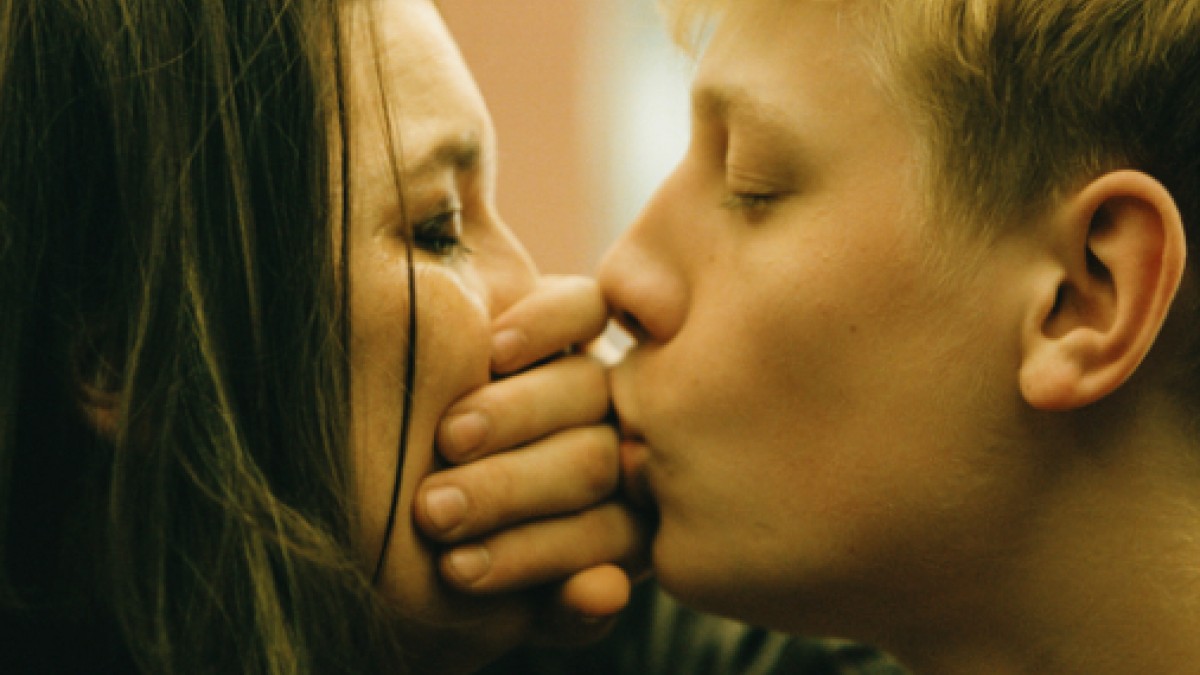
“Mommy” is one of the most emotionally intense movies I’ve ever seen. Xavier Dolan films are always about dramatic situations with very high stakes, but “Mommy” stands out from the rest thanks to its outstanding rhythmical structure.
Dolan structures the film in musical beats; each montage marks a new stage of the relationships between the characters. That way he’s able to organize the film around specific poetic moments which set the mood for the following part of the movie.
In the meantime, we get to fully know the characters and the rising tension between them. And all of these developments get a final epic climax in the final musical montage.
As the film is structured in such a clear-cut way, all scenes are right to the point. Dolan knew exactly the story he wanted to tell and how to do it. Because of this, the narrative rhythm of “Mommy” is as fast and effective as its dramatic musical montages show.
13. Spider-Man 2
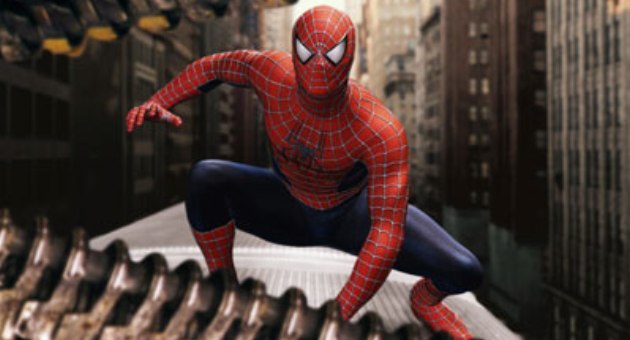
This movie is an absolute once-in-a-lifetime jewel. Independently of what “The Avengers: Infinity War” turns out to be, Sam Raimi did something amazing with his Spider-Man trilogy; he approached the character with actual humanity, away from the cooperative spirit that leads today’s superhero movies.
Peter Parker is portrayed as an actual human being with real problems, insecurities and character flaws, as opposed from the good ol’ character stereotype he has become.
The film is incredibly fast paced and built the foundations of the entire superhero genre. There’s a strong sense of urgency throughout the movie, not unlike P.T. Anderson’s “Punch-Drunk Love”, which shows how stressful Peter’s life has become and the movie is structured around it. This way, the film’s rhythm adds to the character development.
I doubt “Spider-Man 2” can be topped by any other flick from the superhero genre. It’s an actual outstanding movie, rather than a generic one, and for all of this it deserves to be seen many times.
12. The Room
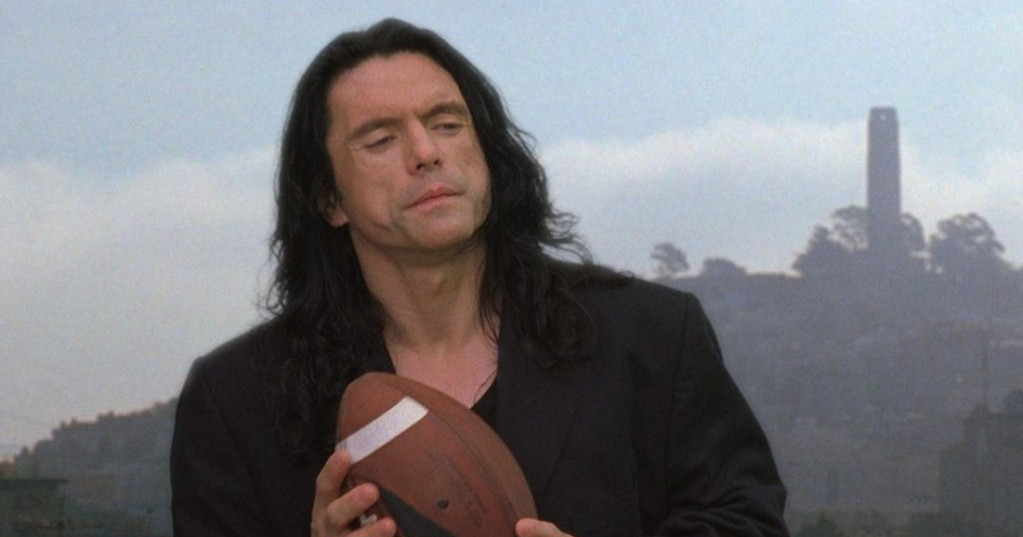
Tommy Wiseau is one of the most fascinating individuals ever to exist. He’s an eccentric millionaire with a mysterious background, an erratic and weirdly affable character, and he also made the worst movie in history, by far – so bad that it’s also a unique oddity, from how it was made in the first place to its massive viral success.
There are so many things wrong with it that it’s amusing to watch a lot of the time, and you can keep noticing new absurd bits with each hilarious scene. Such as the fact there are framed pictures of spoons in the main character’s house, or that Wiseau’s character somehow connects an ordinary tape recorder to an ordinary house phone and successfully records full hours of conversation, or that Lisa’s mom’s visits seem to last a few minutes before she’s gone again, or that Lisa seems to have some sort of personality disorder that is never addressed – the list is endless.
As a matter of fact, the very making of “The Room” was a miracle. They, for example, had to replace the whole crew four times; Wiseau actually bought every piece of film equipment instead of just renting them and for some reason built a personal bathroom for himself on the set. Reading Greg Sestero’s (he played Mark in the movie) book about the making of the movie (titled “The Disaster Artist”) makes it all even more amusing.
11. Inglourious Basterds
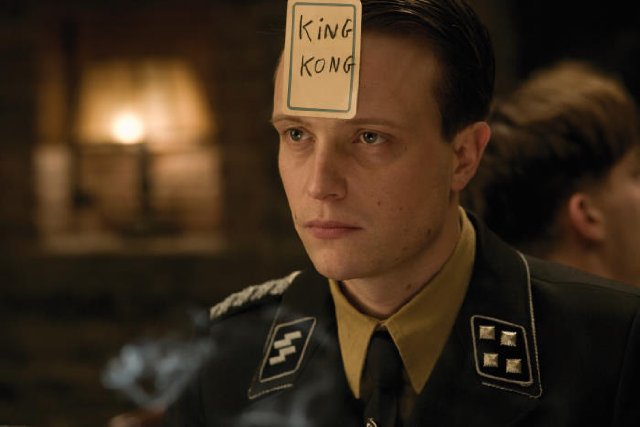
“Inglourious Basterds” could be easily adapted into a play. The film is divided into very specific chapters, changing plot, location, pace and style in the blink of an eye. By doing this, Tarantino is able to tie together various stories that paint a detailed picture of Nazi occupied France.
Language and dialogue are huge factors which sway the plot with its intricacies; this is the most theatrical element of the film. The characters live and die through and because of their words. Ironically, “Inglourious Basterds” is a war movie in which problems aren’t resolved by violence, but depend entirely on how characters express themselves; the outcome of tense conversations determine if or how violence will ensue, the final consequence.
This way, every scene is masterfully structured. Tarantino builds tension and emphasizes certain details visually to drive the story where he wants it to go.
It’s absolutely amazing how it all ties together. Tarantino’s understanding of rhythm makes this film one of his bests, if not the best. The effect is that of a magnificent play; in further rewatches one knows what’s going to happen, but either way, it’s impossible to not be excited all over again and to notice new things, like little gestures in the actor’s faces, that make all the hours spent re-watching worthwhile.
10. Mulholland Drive
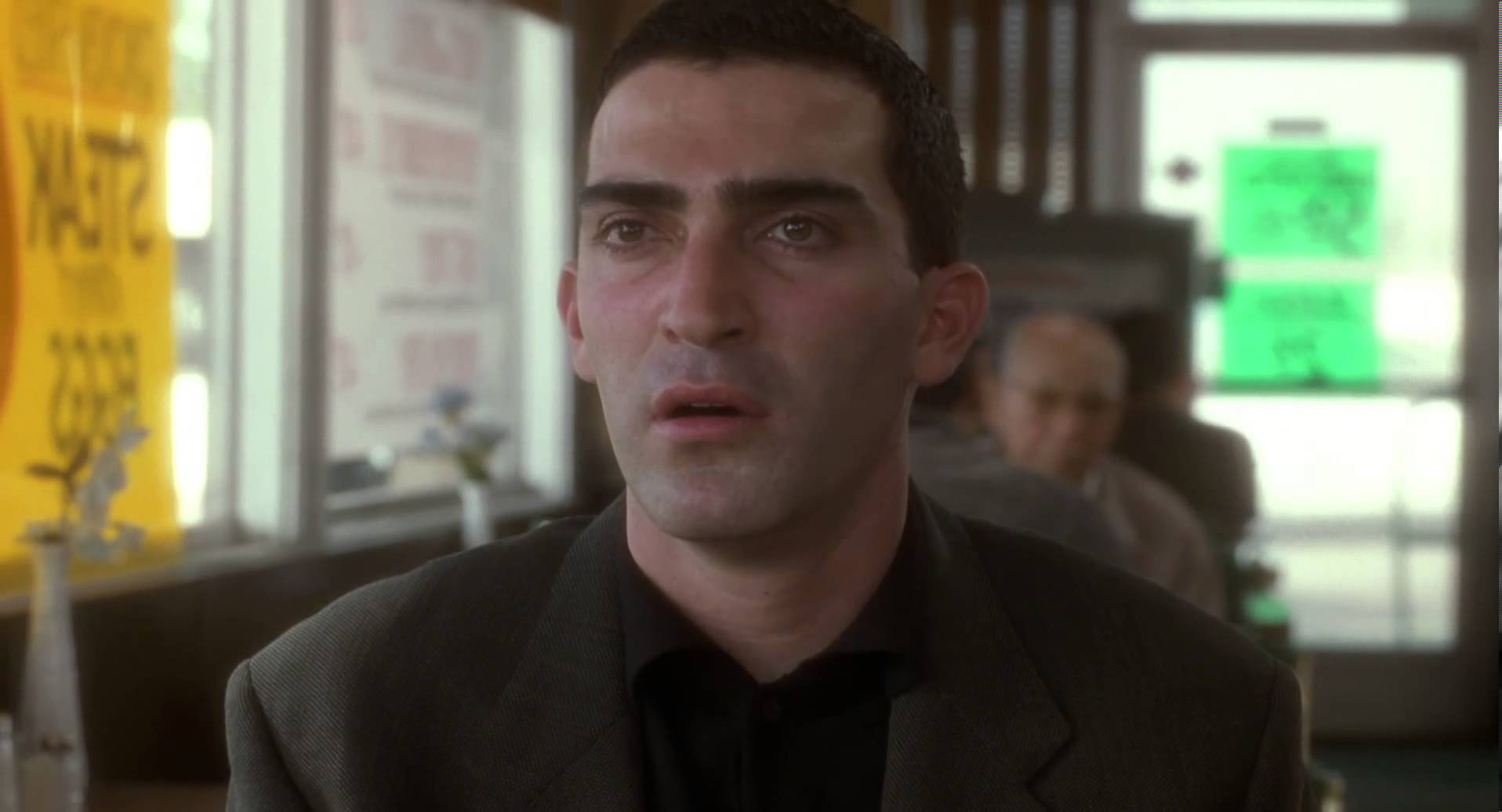
This film and the next two movies on this list are on it for the same reason: it’s very difficult to actually understand what the hell is going on in the first watch. The three are huge movies with complex narrative structures that require a few rundowns to actually understand and appreciate what is seen.
In the case of “Mulholland Drive”, Lynch purposefully ideates an oniric journey through the psyche of the main character. Most scenes are not what they look like at first glance and this applies to every element of the film.
“Mulholland Drive” is a cinematic magic trick that plays with the mainstream story conventions we all know and turns them on their head, leaving us in a pleasing confusing state until probably (as in my case) a more understanding third watch.
9. Mr. Nobody
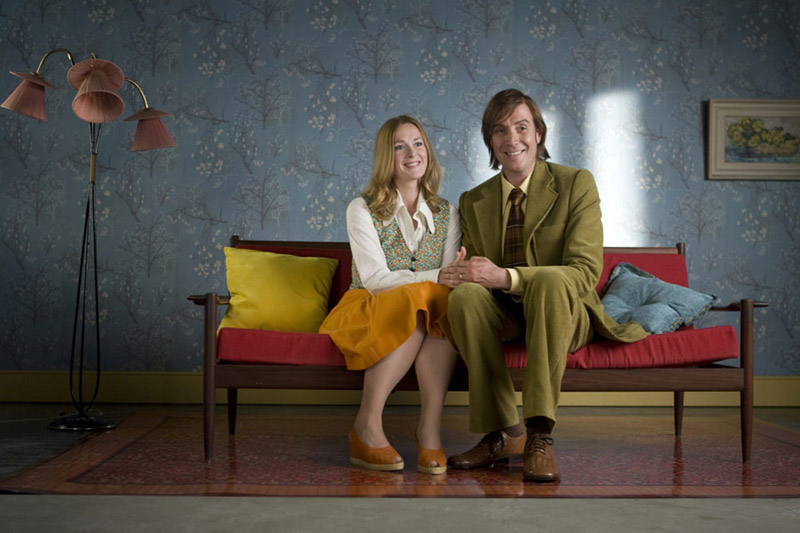
This film is an absolute visual masterpiece. Every shot was carefully structured so that it expressed the unique style of its director, providing the film with a wonderful sense of visual consistency.
As with “Mulholland Drive”, “Mr. Nobody” was purposefully designed to amaze the audience with a behemoth of a plot, seemingly knowing no bounds and following the endless strain of existence that the multiverse theory offers.
A bit like “Mommy”, this film marks the important beats of its script with musical montages that serve as a sign that a new section of the film is about to start. Tools like these are really helpful for setting the pace for every new part of a movie.
If you don’t fall in love with this flick the first time you watch it then you probably won’t again. But if the opposite is true, you’re in for a few hours of puzzling developments and breathtaking visuals.